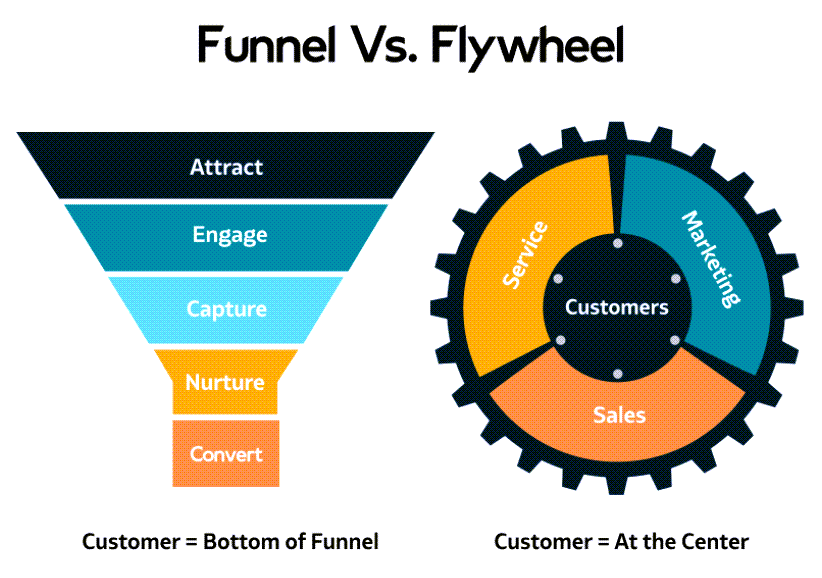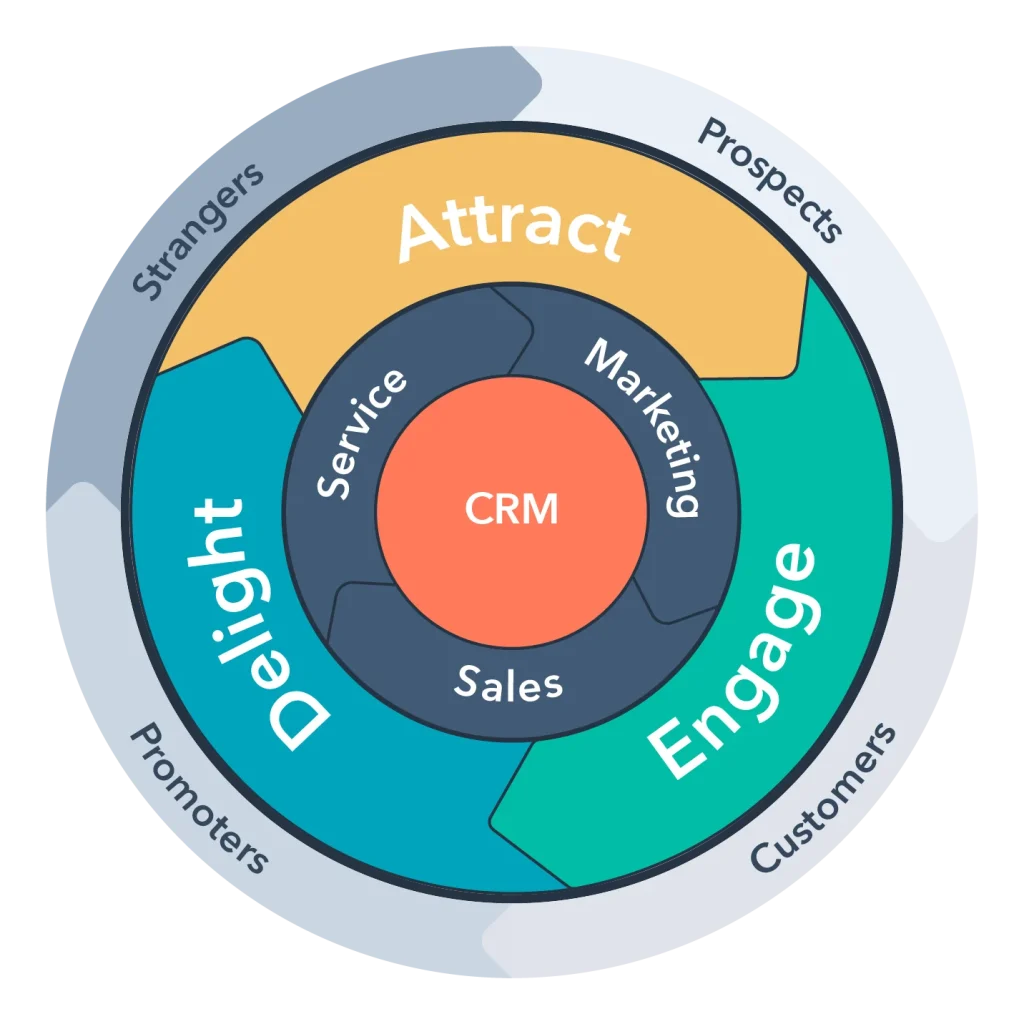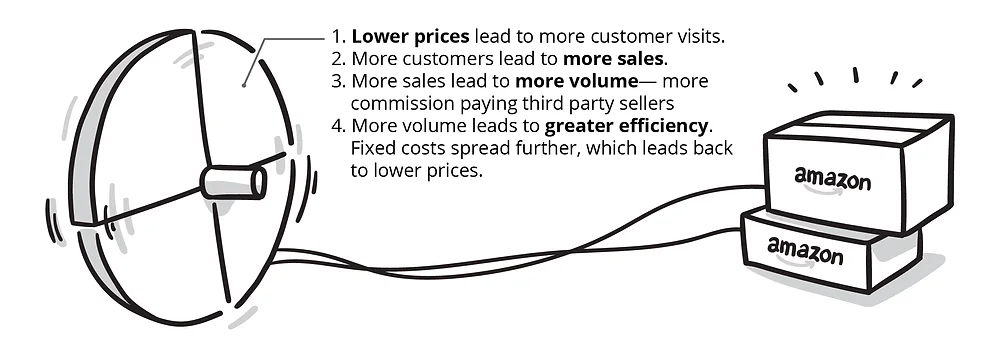The general population quickly becomes skeptical when they are offered changes to well-established habits. This is a normal reflex, to which marketers and sales advisers must adapt, since markets and trends are changing rapidly.
There is a commercial concept that has made its mark for a long time, but which would have to change in the future. It is a concept rooted in modern marketing and sales strategies that have rarely been questioned.
Here we are referring to the funnel model. The marketing funnel is the route that a potential customer must follow throughout their journey, from first contact with your company to the regular purchase of your products.
In theory, the concept of the funnel represents a logical route to move from customers to potential satisfied customers and consumers who are interested in your products and services. However, since the ways of consuming information have evolved considerably since the emergence and integration into daily Internet habits, marketers had to change their concept of attraction and customer satisfaction.
Consumers are looking for quality content in abundance in connection with the products and services that interest them and like to share their opinions on social networks in relation to them.
Such important changes have therefore led to the emergence of a new concept, that is to say: Flywheel.
In this article, we will make a clear distinction between the funnel and flywheel and explain why it is advantageous to install the second model in your inbound marketing practices.

How the funnel works?
Before illustrating how the funnel has become obsolete and how the flywheel is better suited to the needs and expectations of modern consumers, let’s see together how the funnel is built.
The top of the funnel :
This is the largest part of it. Potential customers enter the funnel, but are still in the process of becoming aware of their purchasing process. They can then recognize that they have a problem, but do not yet know how to solve it and are not quite ready to make a purchase.
The middle of the funnel :
The funnel is shrinking and potential customers, fewer in number than those attracted to the awareness phase, could consider your offer as being the one that suits them. Rendered in the middle of the funnel, they are still not ready to close their purchase. They have defined their problem more clearly and are made to the consideration phase of the purchasing process. They continue to learn about it and begin to seek potential solutions.
The bottom of the funnel :

This is the narrowest part of the funnel since it represents an even smaller portion of potential customers. They have become aware of their needs or their problems and consider the different options available to them. They are ready to decide which of these represents the best option for them.
From this smaller part of the funnel will stand out your real customers, with whom you will conclude your sales. Finally, the goal of the funnel can be summed up simply: orient your prospects from the top of it down, as effectively as possible.
Is the funnel completely outdated?
Several facts justify why the funnel is less well aligned with the current reality of consumers. We will look at some below.
It is not aimed at a long-term relationship
On the one hand, the funnel follows a linear trajectory. Prospects enter from above and exit from below as customers. In other words, it is a model entirely based on the conclusion of contracts and does not take into account a context of maintenance of customer satisfaction, in the short or long term.
The funnel does not place the client at the center of the strategy
As mentioned earlier, with the Internet that is integrated into our purchasing habits, modern customers have more control over their purchasing process. Given the wealth of resources and information available, consumers do not only want to know more about products and services, they aim to experience positive experiences throughout their purchasing process and even after purchasing.
One of the main problems with the funnel is that the customer is positioned as a means of making profits instead of being the focal point of the strategy. In other words, if all that matters is to conclude sales or sign contracts, your strategy using the funnel may have the following consequences: customers will not buy back after a first sale and public opinion in your brand will generate more negative criticism than positive criticism on social networks.
The funnel targets quantity rather than quality
The concept of a funnel encourages marketers and sellers to fill their own funnel with as many potential customers as possible. This could indeed be a really interesting objective, except that betting on quantity often brings potential customers of lower quality. Marketing managers or sales managers will often encourage such practices, given the pressure they receive to achieve their sales goals.
Negative consequences can result and this can cause a lot of frustrations and stress on both sides. Customers can indeed become very dissatisfied and sellers can be anxious about their inability to retain customers and develop a relationship with them.
With the flywheel, everything revolves around the client!
The flywheel differs from the funnel, in its circular rather than linear movement. Invented and popularized by HubSpot marketers in recent years, the flywheel responds to the gaps in the funnel, without reinventing the wheel.
The major difference between the two models is in the place that the client takes inside of them. In the flywheel, the client is directly at the center of the strategy, while in the funnel, the client is at the bottom of it. The perpetual movement that the flywheel is trying to create is divided into three stages:
1. Attract
This first step in the flywheel is to arouse the interest of ideal customers by offering them marketing content created according to their interests and the problem they would be likely to face. In a funnel, customers are just a result. Unlike flywheel, the energy spent to acquire them is not recyclable and the process must start again for each new customer.
2. Sell
Building relationships with truly qualified potential customers and enabling them to interact with your products and services is the second step in the concept of the flywheel. An engaging system is a system that places the user at the center of everything, building a relationship of trust with it.
The purpose of such a system is to create real spokespersons for your business. Whether in the phase of attraction, commitment or satisfaction, you must be able to grow. The flywheel, unlike the funnel, is dynamic and emphasizes the experience of the client, no matter where it is inside the purchase route.
The three parts surrounding the customer in the flywheel are marketing, sales, and customer service.
3. Repeat sales
Finally, the third step is to offer a truly memorable and satisfactory client experience in order to retain customers and create ambassadors for your brand. To do this, regularly offer quality content and the benefits of your service offer. Your customers will have no choice but to be satisfied and will be inclined to do business with you again!

Focus your attention on your customers to get more income
Customer values have changed a lot in recent years and marketers are increasingly trying to adapt to it by offering increasingly personalized service and by focusing more on customer experience. For example, studies done in 2015 and 2019 reveal interesting facts about the importance of the client-centered approach.
- 90% of marketers say that personalizing the offer to the customer is a priority because the more the approach is adapted to the specific needs of each customer, the greater the chance of obtaining winning results.
- Companies that are customer-centric are 60% more profitable than those that are not.
- 86% of buyers are willing to pay more in exchange for a better customer experience.
- 65% of buyers believe that a purchasing process in which they are offered a positive experience has more impact than attractive advertising.
These data clearly indicate that customer experience will increasingly be the central element in ensuring the achievement of sales objectives. Compared with the funnel, which focuses on the income generated by sales, the flywheel is definitely more aligned with market trends and is more effective when thinking of long-term growth.
How to go from the funnel to the flywheel?
First, keep in mind that the funnel and flywheel represent conceptual processes, and to move from one model to another, you must first change the way you think about your relationship with the client.
More concretely, this requires restructuring your objectives and performance indicators. Do not be afraid, however, with the flywheel, you will not need to throw the components of the funnel in the trash and rethink your marketing strategies at all. It is more a question of reorganizing your objectives and your performance criteria so that they combine with the three stages of the flywheel explained above (attracting, converting, and ravishing).
Let’s take a look at some significant actions that you can take right now in your business to set up the flywheel.
Invest in marketing focused on your customers
For your flywheel to activate, you must attract and convert potential customers. So far, you will not be completely lost compared to the operation of the funnel.
However, to run your flywheel and maximize its movement, you need to focus on the satisfaction of your potential customers and current customers. Delighted customers are bringing in a higher retention rate and the sharing of positive reviews, which helps to run your flywheel faster.
An effective strategy to achieve these goals would be, among other things, to create and share content at the right time, in the right place, in the right person, every time. Allow your customers to get the best out of your products and services.
Whether through publications on your blog, the promotion of an ebook or even training videos, the more you will help your customers optimize their user experience, the more they will be loyal to you and recommend you to those around them.
Remove the most friction points that slow your flywheel
It is important to identify anything that can slow down the purchasing process of a potential customer. For example, if he is chatting with your chatbot or filling out a form to obtain an appointment and he must wait a week before being called back, this can create a lot of frustrations and slow down his progress towards your products.
Another example may be the user-friendliness of your website. If it is complicated for your potential customers and current customers to navigate and find the answers to their questions, this creates friction.
The same phenomenon occurs if your customer service leaves something to be desired or the communication between the marketing and sales teams leaves something to be desired.
Solution: prioritize synergy
An important factor that helps increase friction and slow your flywheel is the lack of synergy between the different departments of your business. Indeed, the lack of communication between the departments of marketing, sales, technical support or even customer service, inevitably creates a slowdown. In other words, it is essential to avoid working in silos to optimize the effectiveness of your flywheel.
In short, the elements that make up the funnel are not about to disappear. Rather, they should be incorporated into a more dynamic process, with more interest in the client’s experience, as the flywheel wants. Signing a contract is no longer suitable as a final objective. This actually becomes the beginning of a process that aims to create a long-term relationship with satisfied customers.




